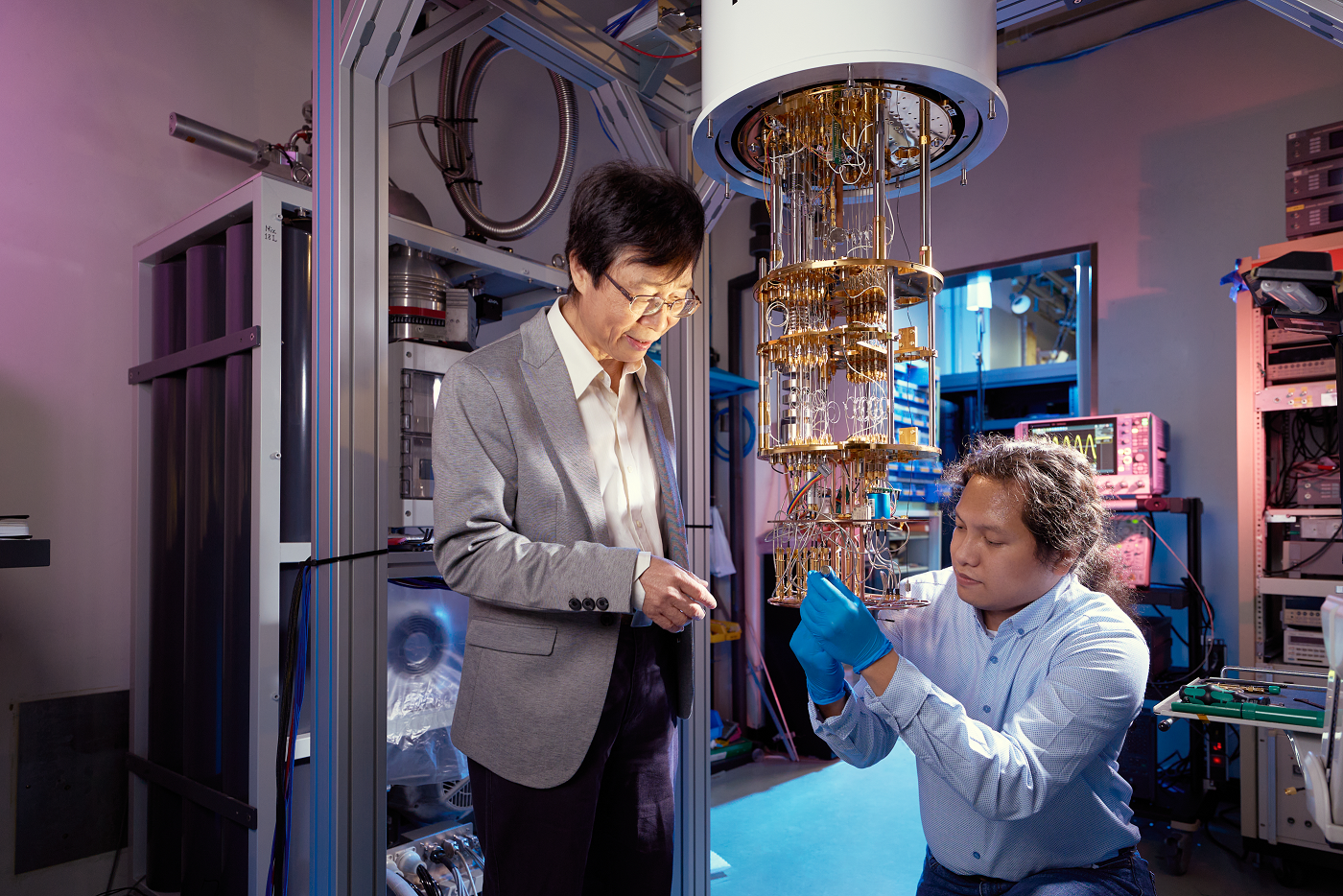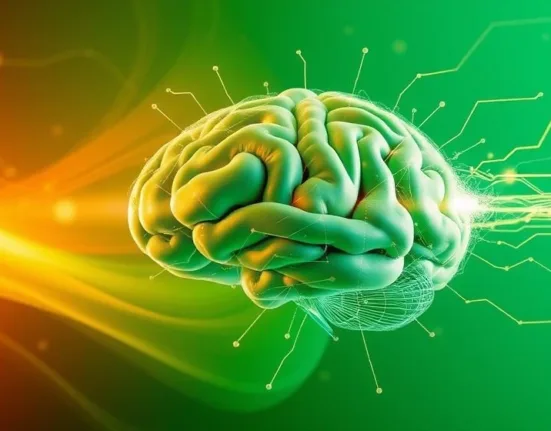Brain Power Behind Sustainable AI: MIT’s Neuromorphic Leap Redefines Energy Efficiency
- by Abhinav Kumar
- 25 October 2025
- 3 minutes read

- MIT PhD student Miranda Schwacke is pioneering brain-inspired computing devices using magnesium ions in tungsten oxide, aiming to drastically reduce AI’s energy consumption.
- Her neuromorphic research mimics the brain’s low-energy, high-efficiency information processing by integrating data storage and computation in the same physical location.
- This breakthrough could make AI systems more sustainable, addressing the urgent challenge of the growing energy demands of large-scale artificial intelligence models.
MIT’s Miranda Schwacke is appearing to be at the forefront of sustainable AI.She has been developing neuromorphic computing devices that aim to revolutionize how artificial intelligence systems use energy.
As AI models are growing in size and complexity, their energy requirements have skyrocketed, with leading-edge data centers consuming vast amounts of electricity for both training and inference. Schwacke’s research offers a promising alternative, drawing direct inspiration from the human brain’s remarkably efficient information processing.
Brain-Inspired Efficiency: How Neuromorphic Devices Work
Traditional computers and AI systems separate memory (where data is stored) from processing units (where calculations happen). This constant data shuttling is energy-intensive, especially for large neural networks. The brain, in contrast, processes and stores information in the same place: synapses. Schwacke’s work seeks to replicate this by building electrochemical ionic synapses—tiny devices that adjust their conductivity much like real neural connections. These devices are tuned using magnesium ions inserted into tungsten oxide, a material whose electrical resistance can be precisely altered.
As Schwacke explains, “If you look at AI in particular—to train these really large models—that consumes a lot of energy. And if you compare that to the amount of energy that we consume as humans when we’re learning things, the brain consumes a lot less energy. That’s what led to this idea to find more brain-inspired, energy-efficient ways of doing AI.”
Why Magnesium Ions and Tungsten Oxide?
Her devices use magnesium ions rather than hydrogen because magnesium is less likely to escape into the environment, making the devices more stable and reliable over time. Tungsten oxide acts as the channel layer, with its resistance controlling the strength of signals—mirroring how biological synapses regulate neural signals. This approach not only reduces energy consumption but also aligns with existing semiconductor technology, enhancing potential for real-world integration.
Bridging Fields for a Sustainable Future
Schwacke’s research sits at the intersection of electrochemistry and semiconductor physics, two fields rarely combined in this way. Her advisor, Professor Bilge Yildiz, emphasizes the novelty: “This is electrochemistry for brain-inspired computing… because the energy consumption of computing is unsustainably increasing. We have to find new ways of doing computing with much lower energy, and this is one way that can help us move in that direction.”
Challenges and Collaborations
Developing these devices requires mastering the languages and methods of both electrochemistry and solid-state physics. Schwacke draws inspiration from magnesium battery research and continually collaborates with neuroscientists and electrical engineers to refine her experiments. She notes, “The main challenge is being able to take my data and know that I’m interpreting it in a way that’s correct, and that I understand what it actually means.”
Recognition and Broader Impact
Her innovative work has earned her the MathWorks Fellowship in 2023 and 2024, supporting her use of advanced tools like MATLAB for data analysis and visualization. While Schwacke’s research is currently recognized mostly within MIT News and academic circles, it holds significant promise for the future of sustainable AI, potentially reshaping how large-scale models are built and operated globally.
Discussion and Next Steps
As the environmental impact of generative AI and data centers becomes a growing concern, innovations like Schwacke’s could be key to mitigating AI’s carbon footprint. Her progress underscores the need for cross-disciplinary research and open collaboration to drive the next wave of energy-efficient artificial intelligence.
Join the conversation on tech breakthroughs and sustainable AI by joining our WireUnwired Research WhatsApp group or connect with us on LinkedIn.
Discover more from WireUnwired Research
Subscribe to get the latest posts sent to your email.









